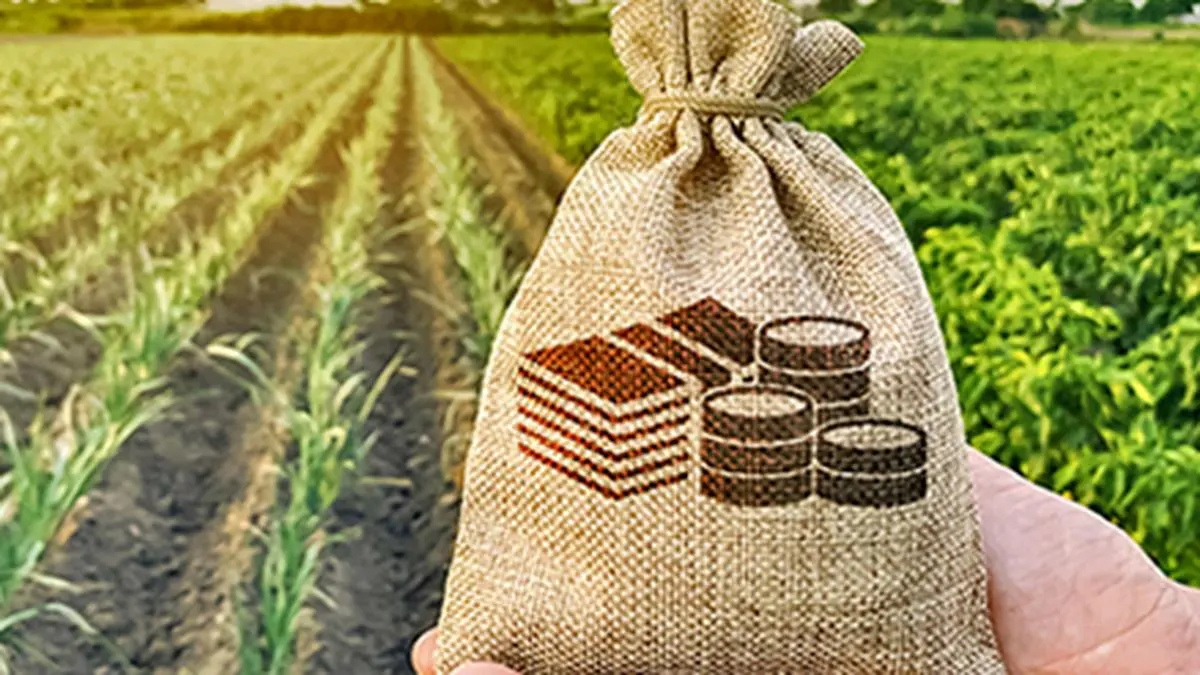Agri Education Needs to Address Export Challenges

While India's agricultural education has focused on boosting production, it's crucial to shift towards tackling export challenges for sustainable growth.
A NITI Aayog study indicates that India's food demand will grow at about 2.5% annually until 2047, with agricultural output potentially growing at 3-4%. The surplus production must be exported, yet currently, only 6-7% of agricultural output value is exported. The National Agricultural Research, Extension, and Education System (NAREES), led by ICAR and State Agricultural Universities (SAUs), has achieved self-sufficiency in foodgrains and milk but lacks focus on trade aspects.
India faces significant compliance issues in high-value markets. Data from UNIDO shows that between 2020-22, India had 3,553 consignments rejected by Australia, the EU, and the US, primarily due to pesticide residues and other SPS violations. In contrast, Vietnam and Thailand had fewer rejections. The continued use of chlorpyrifos, banned in several countries, highlights a systemic failure in aligning Indian agricultural practices with international standards.
Global markets require adherence to more than just food safety; consumer preferences, packaging, and labeling are equally important. For instance, the EU and US prefer low-fibre mangoes with Brix levels under 16%, whereas Indian varieties are high-fibre and high-Brix, making them less suitable for export. This underscores the need for varietal research aligned with global demand.
Krishi Vigyan Kendras (KVKs) primarily focus on local issues like pest control and sowing techniques, neglecting export advisories on Maximum Residue Limits (MRLs) and certifications. While private exporters provide some training, a public-private partnership is essential for broader reach and impact.
The root of the issue lies in outdated agricultural education. Current curricula barely cover trade, value chains, and food safety standards. In contrast, institutions like land-grant universities in the US and Wageningen University in the Netherlands integrate trade and sustainability into their programs. Indian SAUs, modeled after the US system, have not kept pace.
Recent initiatives, such as placing agricultural scientists in Indian embassies to support export policies, indicate progress. However, deeper reforms are needed within NAREES. Urgent steps include:
1. Launching export-focused research programs with exporters and trade bodies.
2. Upgrading KVKs to provide export advisories on MRLs and global trends.
3. Updating curricula to include global trade, SPS/TBT norms, and market intelligence, along with faculty training and international collaborations.
Export-led agricultural growth can position India as a global food leader. Modernizing NAREES is essential for achieving this vision and driving India's growth.
